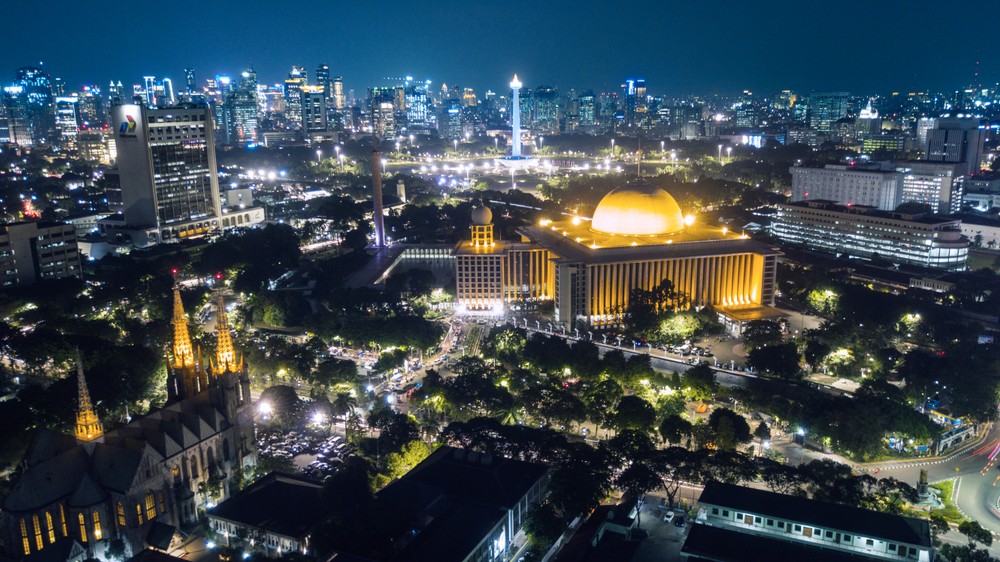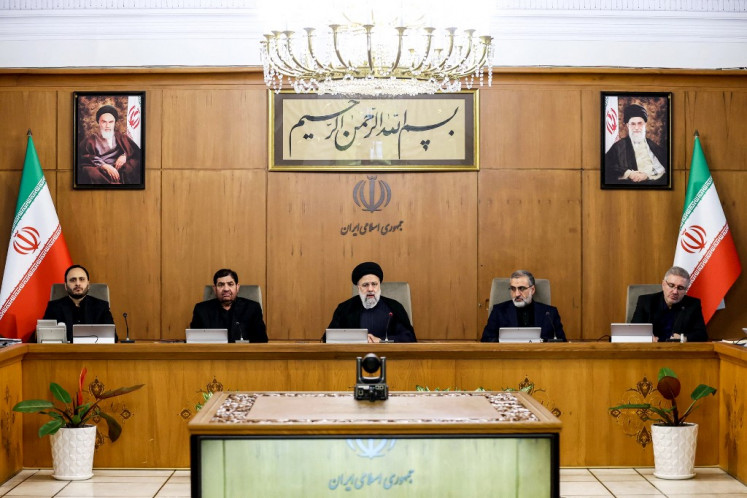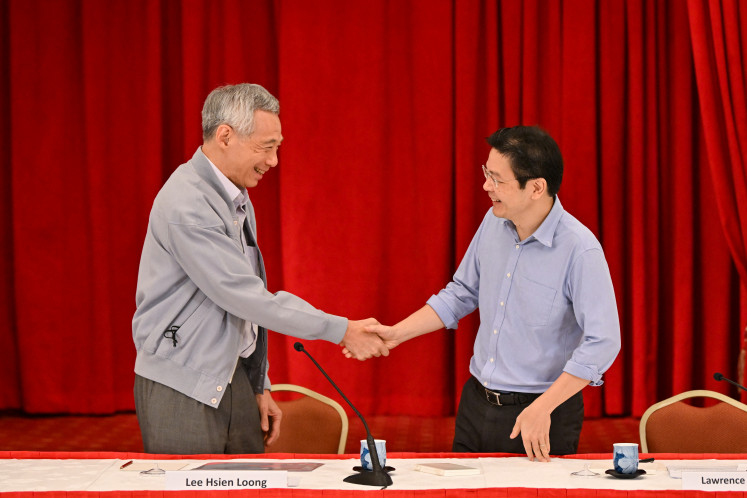Seven religious sites to visit in Jakarta, Banten for Idul Fitri
Change Size
 An aerial view of Istiqlal Mosque in Central Jakarta. (Shutterstock/Creativa Images)
An aerial view of Istiqlal Mosque in Central Jakarta. (Shutterstock/Creativa Images)
V
acationers looking to explore religious destinations during the extended Idul Fitri holiday will not need to travel far as Jakarta and Banten have their own sites that are worth the visit.
Read about them below, as compiled by Antara news agency.
Banten Grand Mosque
Established in the era of Banten's first king, Sultan Maulana Hasanuddin (1552-1570), this cultural heritage building is a must-visit for history enthusiasts. Known as Banten Mosque, it boasts a unique mix of ancient Javanese and Chinese architecture.
Interestingly, some say that it was built by an architect of Chinese descent named Tjek Ban Tjut. However, others suggest that Raden Sepat from Demak regency, Central Java, was the designer.
The mosque comes with a 24-meter tall tower where the muazin (person who proclaims the hour of prayers) performs the call to prayer for Muslims. In the Dutch colonial era, it served as a warehouse for weapons, as well as surveillance tower.
Tanara Grand Mosque
Located in kampung Tanara in Serang, Banten, this mosque is said to have belonged to Sultan Maulana Hasanuddin.
Sitting next to the birth home of popular Islamic preacher Syekh Nawawi, the place serves as witness of Islamic dakwah (outreach) in Banten.
Istiqlal Mosque
The biggest mosque in Indonesia, Istiqlal was built on Aug. 24, 1961, based on the suggestion of then-religious affairs minister KH Wahid Hasyim and Anwar Tjokroaminoto.
Covered in marble and designed by Protestant architect Frederich Silaban, the mosque offers a mix of Indonesian, European and Middle Eastern designs and can accommodate up to 200,000 people.
Read also: Five places to go in Jakarta to observe religious diversity
Sunda Kelapa Mosque
The unique thing about Sunda Kelapa Mosque is its architecture, which is unlike that of any other mosques. It has no dome, nor moon and star symbols or even a bedug (traditional drum).
It was designed like a ship to symbolize Sunda Kelapa Harbor, which used to be a trading hub for Muslim merchants.
Al Azhar Grand Mosque
Initially inaugurated as Kebayoran Grand Mosque, it later changed its name to Al Azhar Grand Mosque, which was given by Egypt's Al-Azhar University rector Syekh Mahmud Syaltut who visited the site in 1960.
Visitors can expect to see pieces of inspiration from Saudi Arabia's Hij' Mosque and Egypt's Qibtiyah Mosque in its architecture.
Luar Batang Mosque
One of the oldest mosques in Jakarta, it can be found within the fish market area in North Jakarta. In addition to its Javanese-Hindu architecture and square-shaped structure, the highlight of Luar Batang Mosque is a room where the tombs of the guardian of Islam Habib Husein and his student, Haji Abdul Kadir, reside.
Jakarta Islamic Center
Designed by architect Ahmad Noe'man who was also the brain behind At-Tin Mosque in Taman Mini Indonesia Indah, the Jakarta Islamic Center is an institution of Islamic learning and development.
Interestingly, it is located in an area that was once known as a red light district, Kramat Tunggak. (kes)






